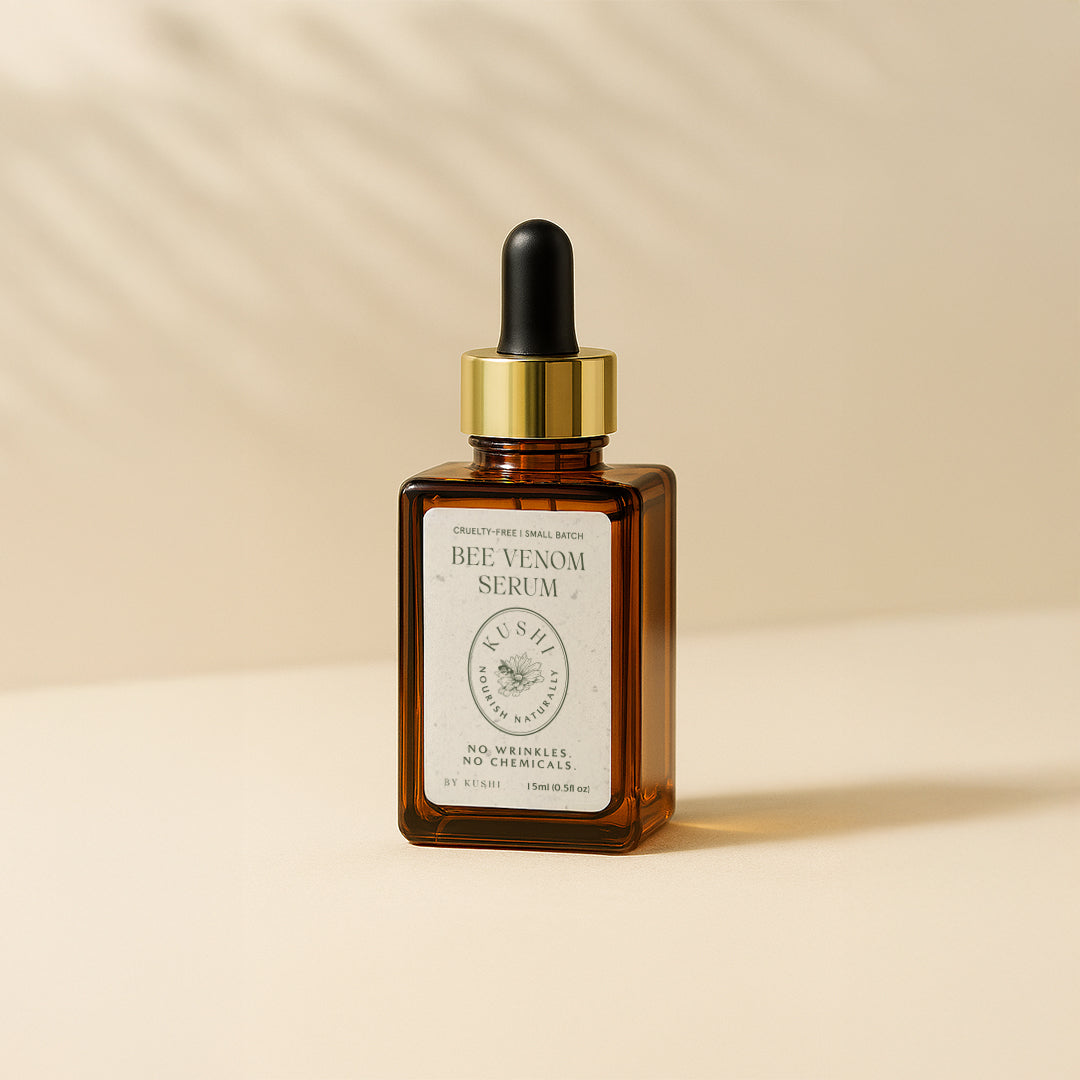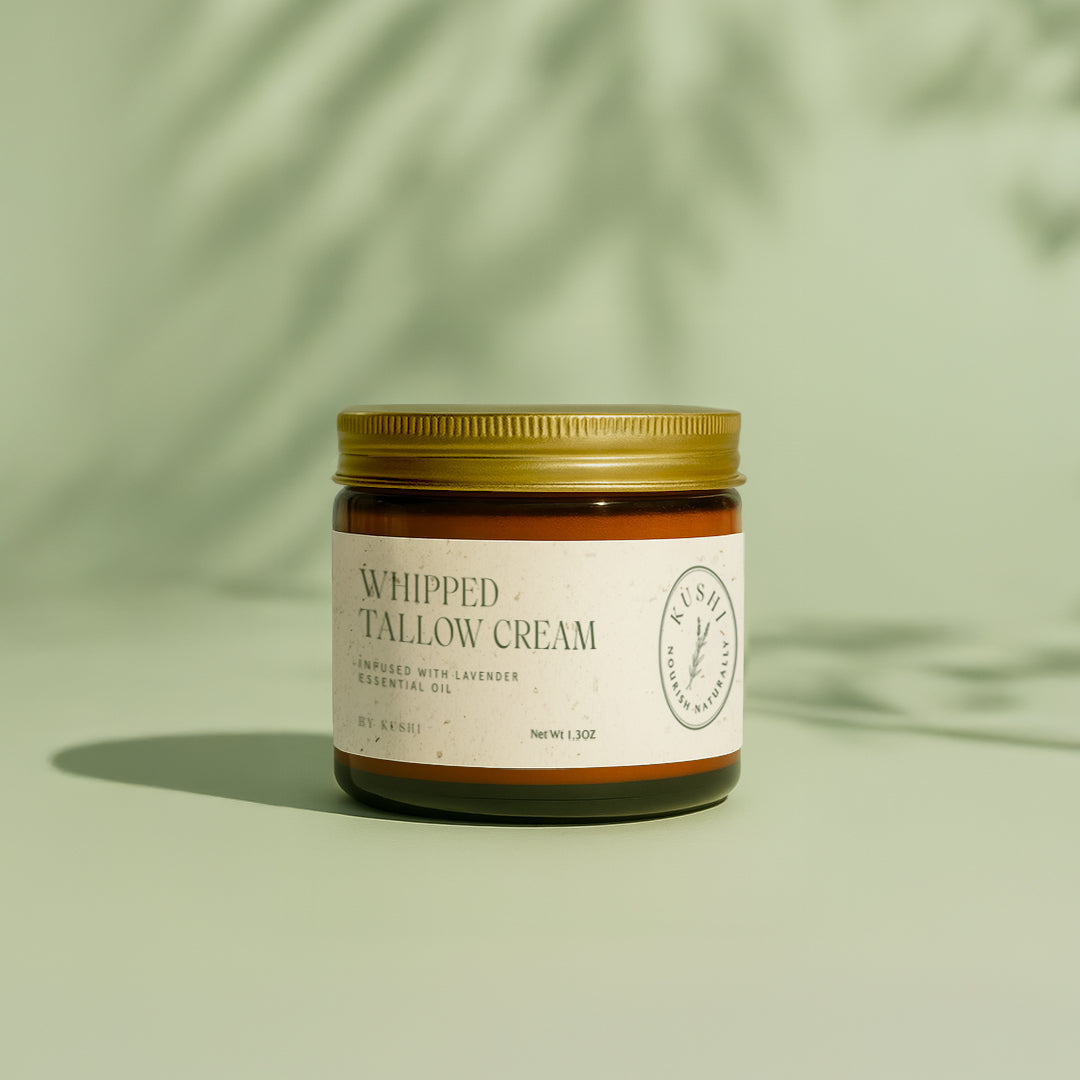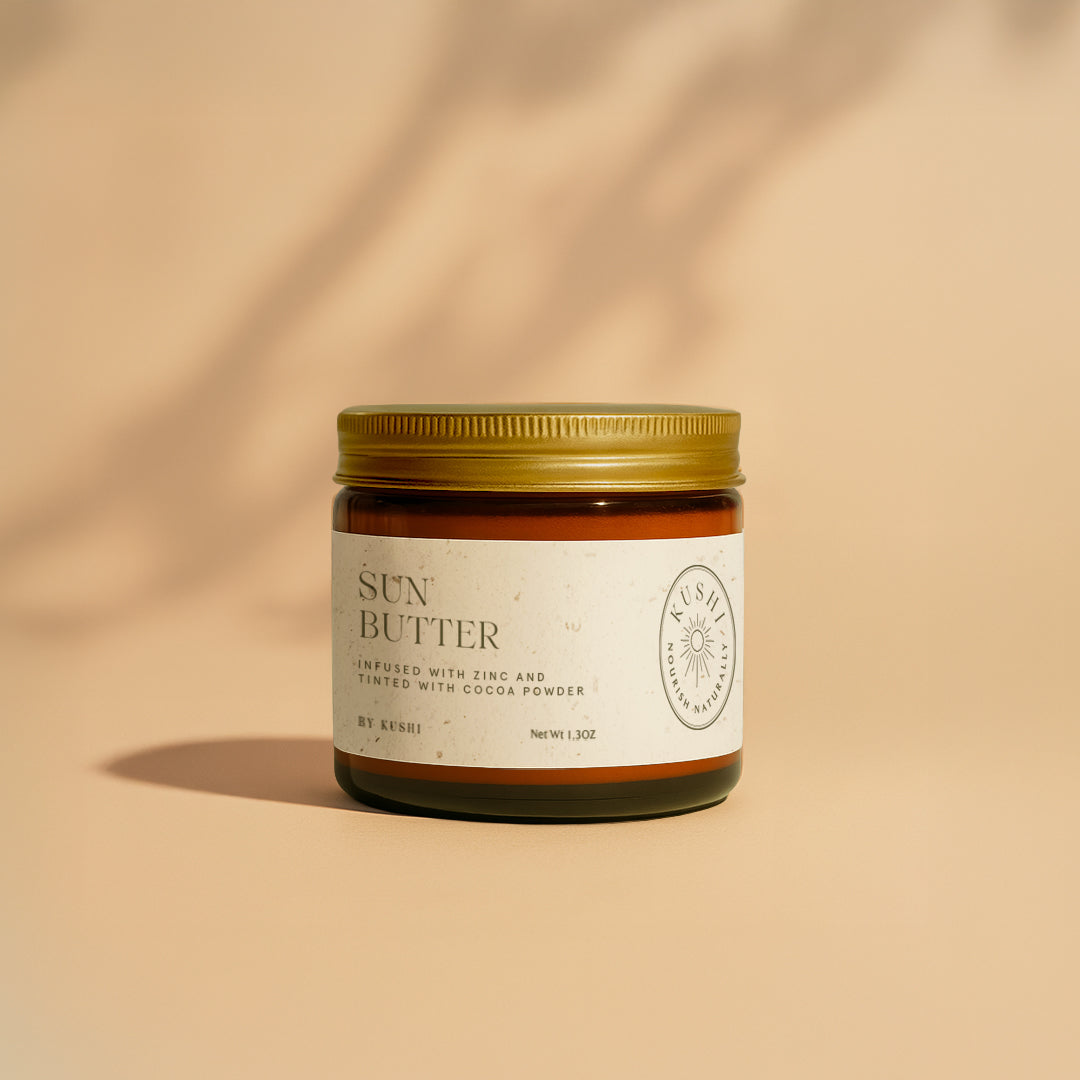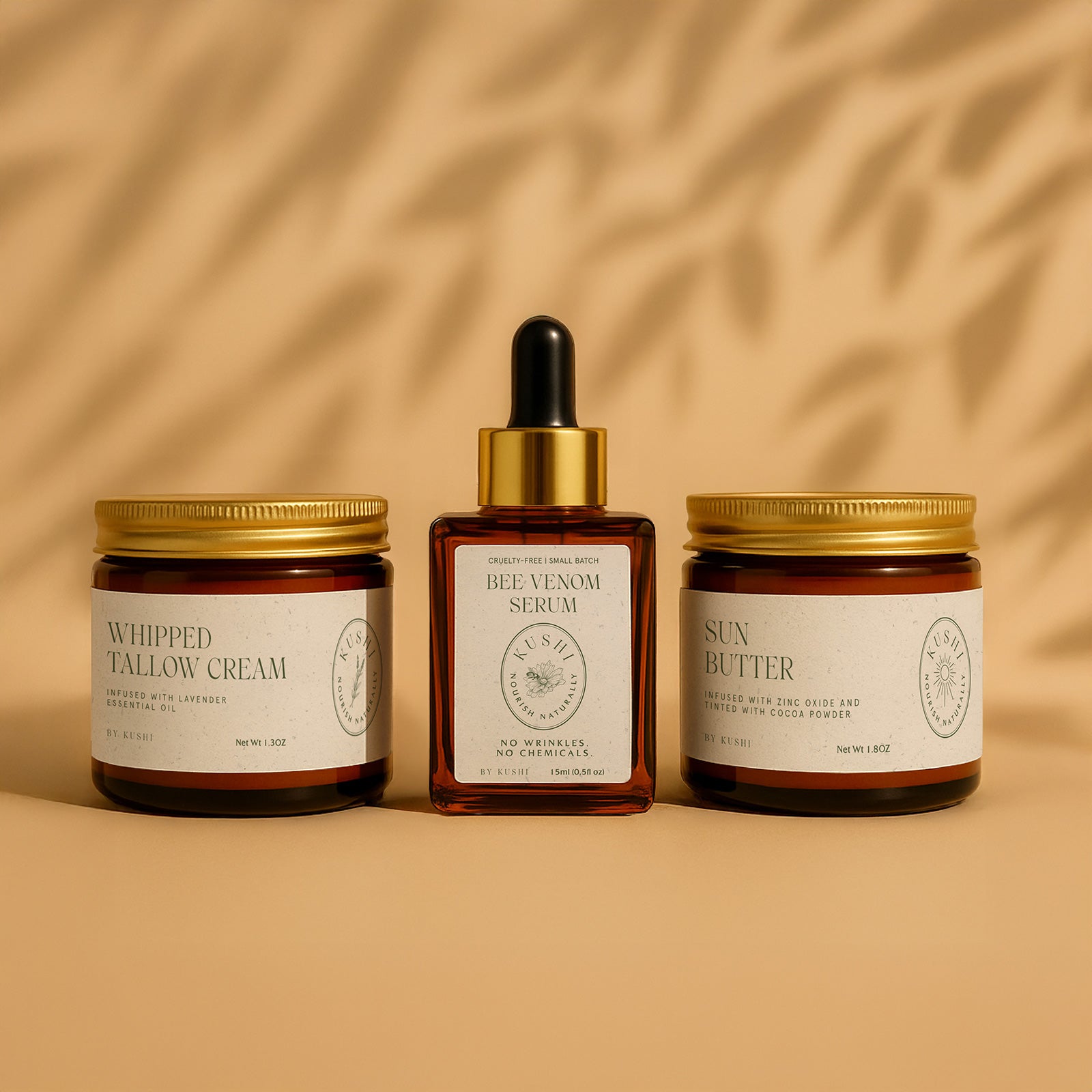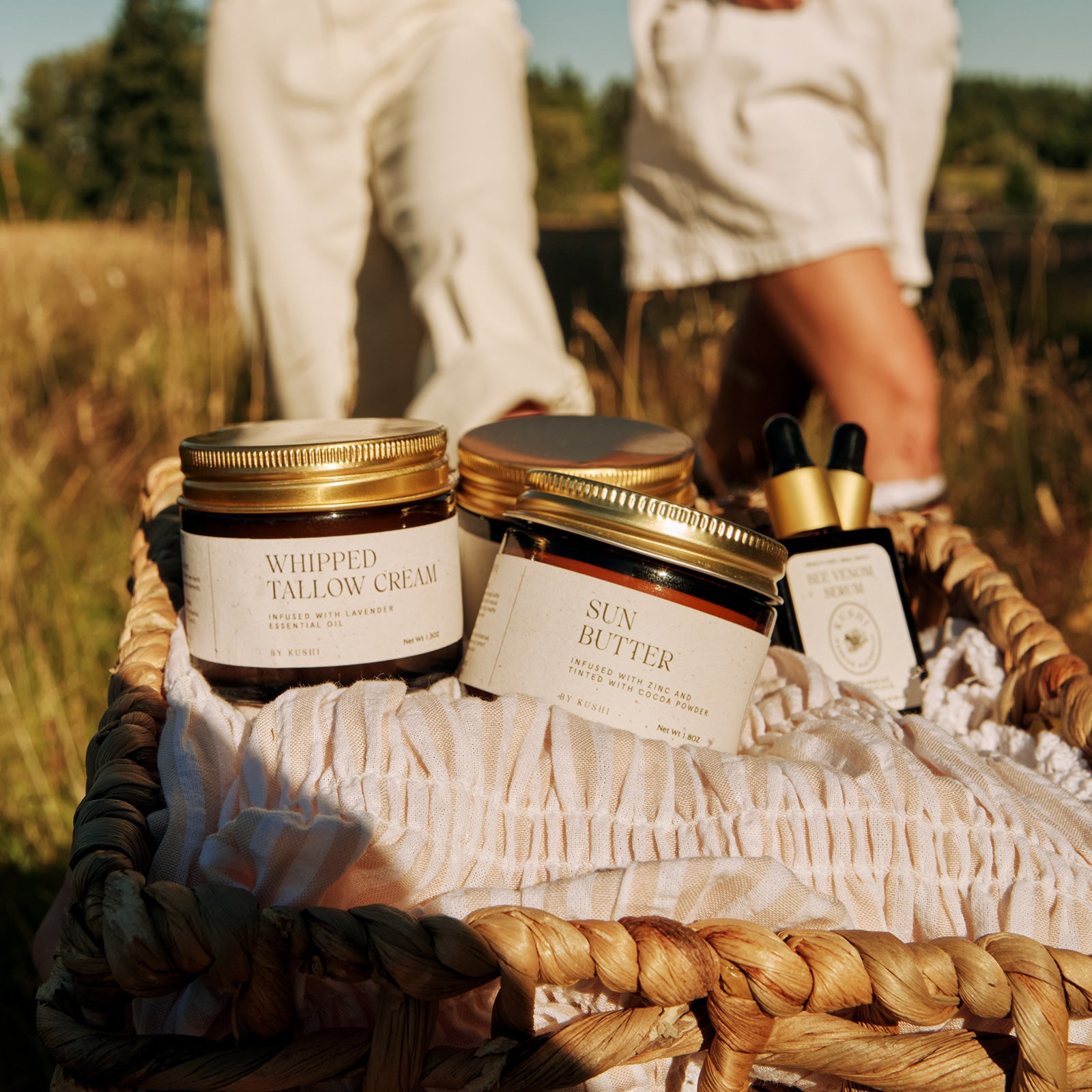Best Tallow Balm For Face
Does your moisturizer feel great for five minutes and then vanish by lunch? Dry, tight skin needs lipids that act like your own—simple, steady, and skin‑friendly. That is why the best tallow balm for face has become a go‑to for people who want comfort without clutter.
4.7 / 5.0
(197) 197 total reviews
Whipped Tallow Cream
Our best-selling grass-fed Whipped Tallow Cream, is a premium, natural moisturizer rich in Vitamins A, D, E, and K. Its gentle formulation makes it an ideal solution for various skin concerns, including dry skin, eczema, psoriasis, rosacea, and acne.
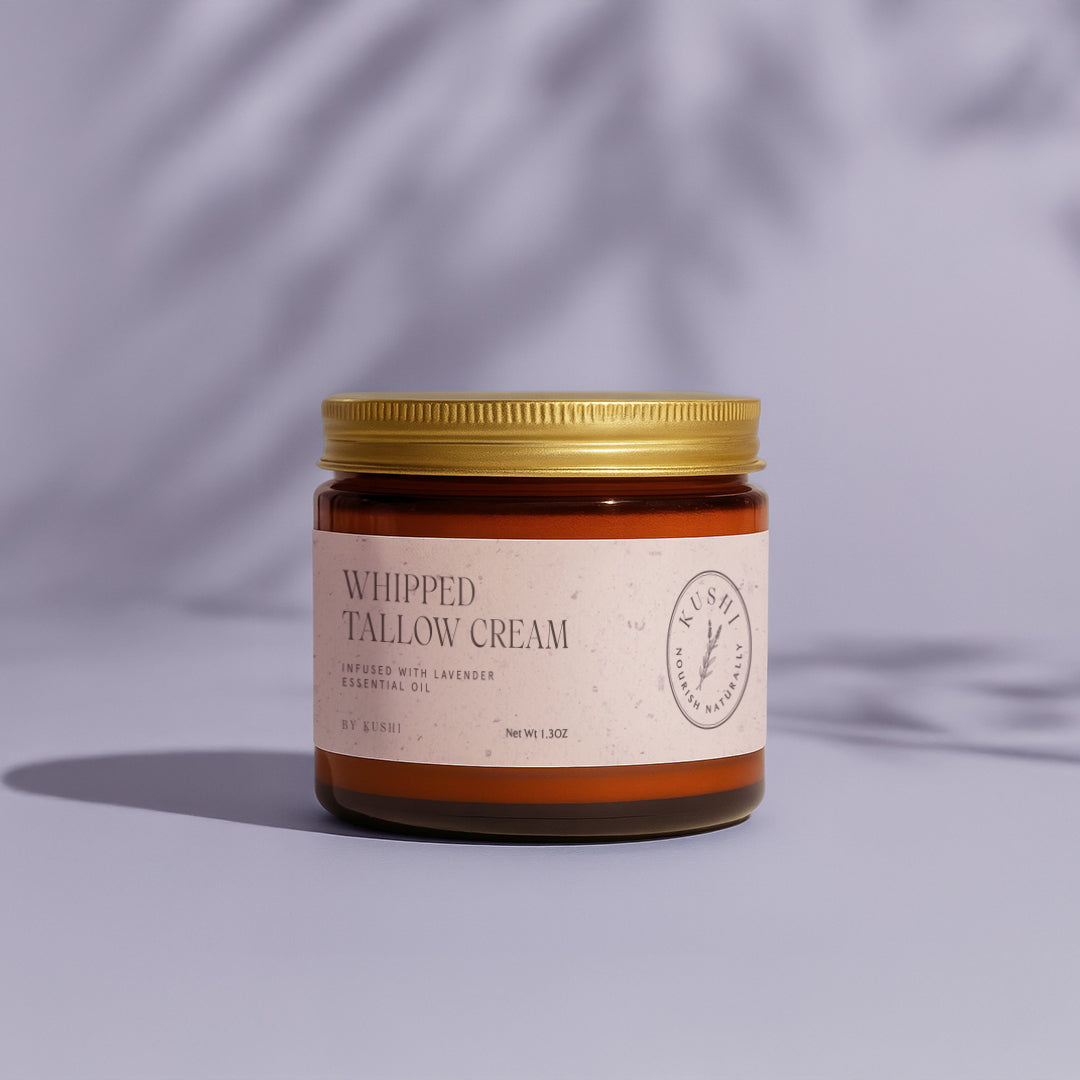
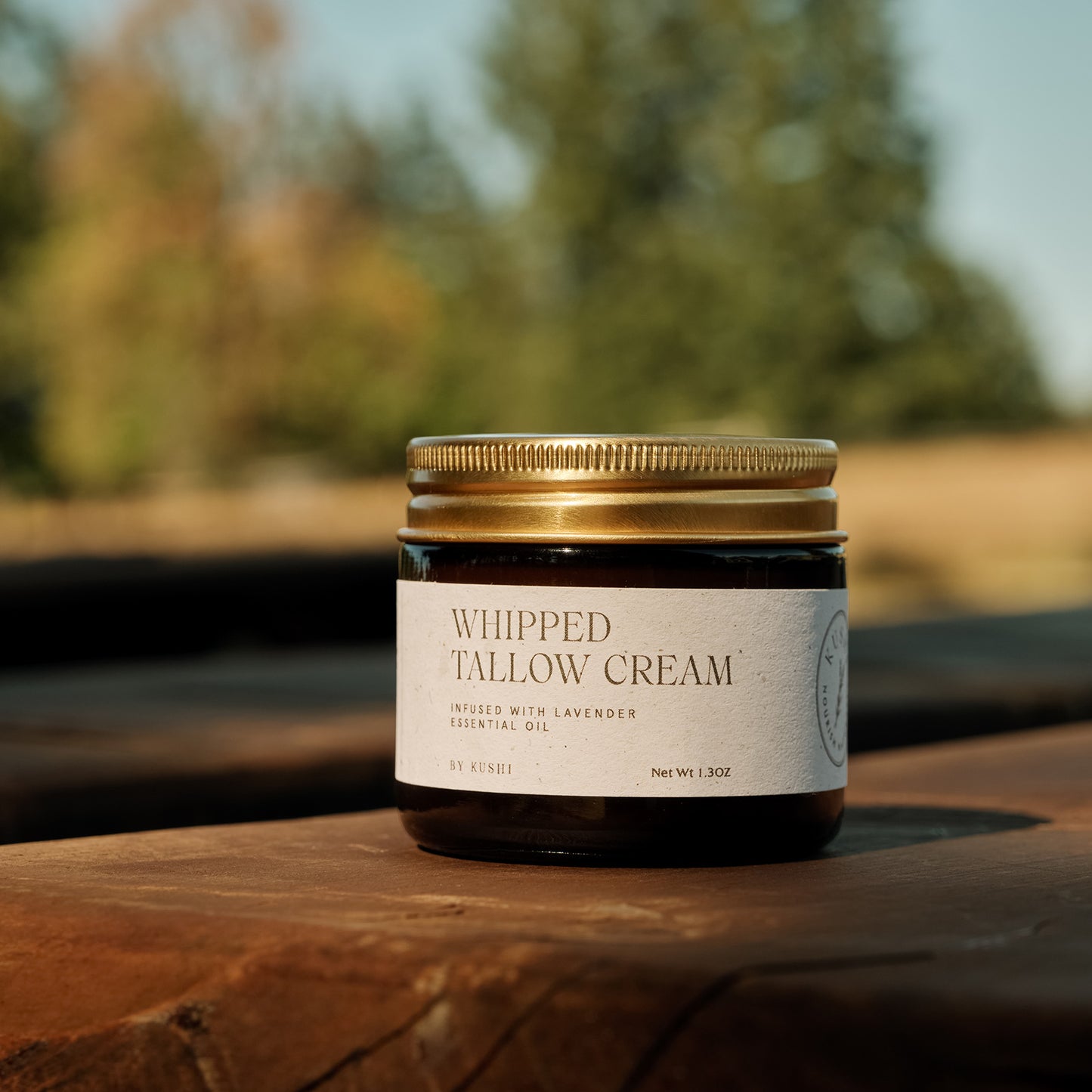
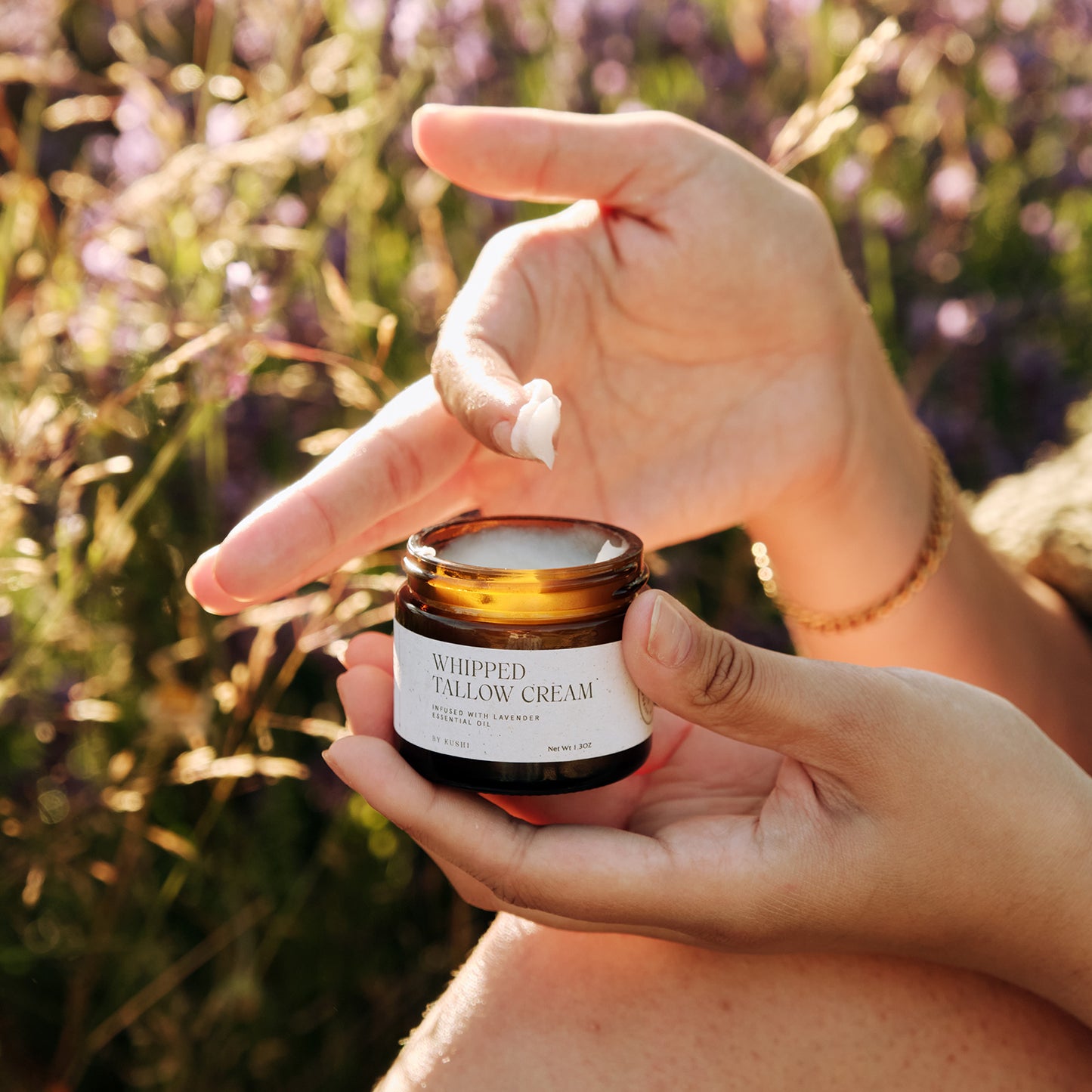
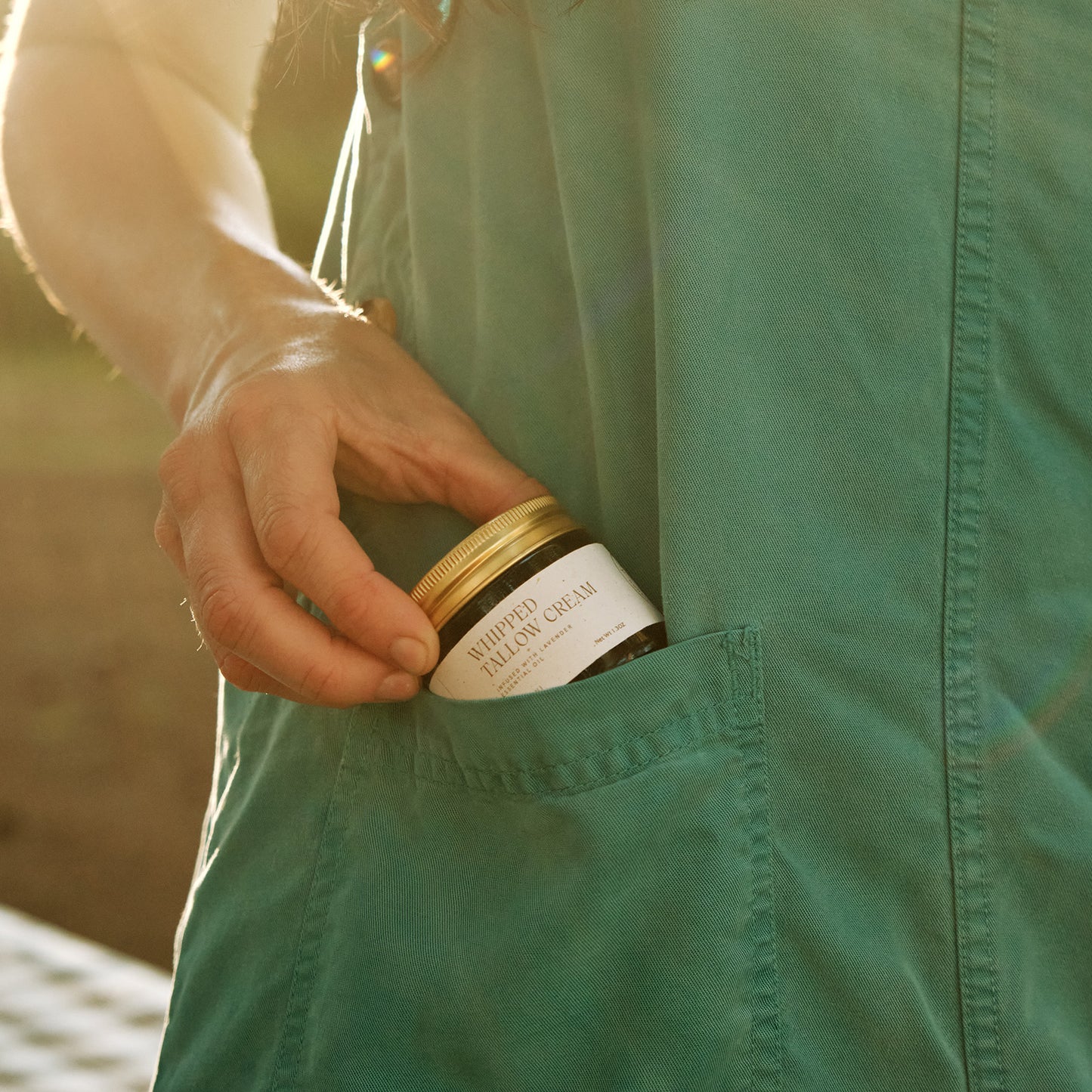
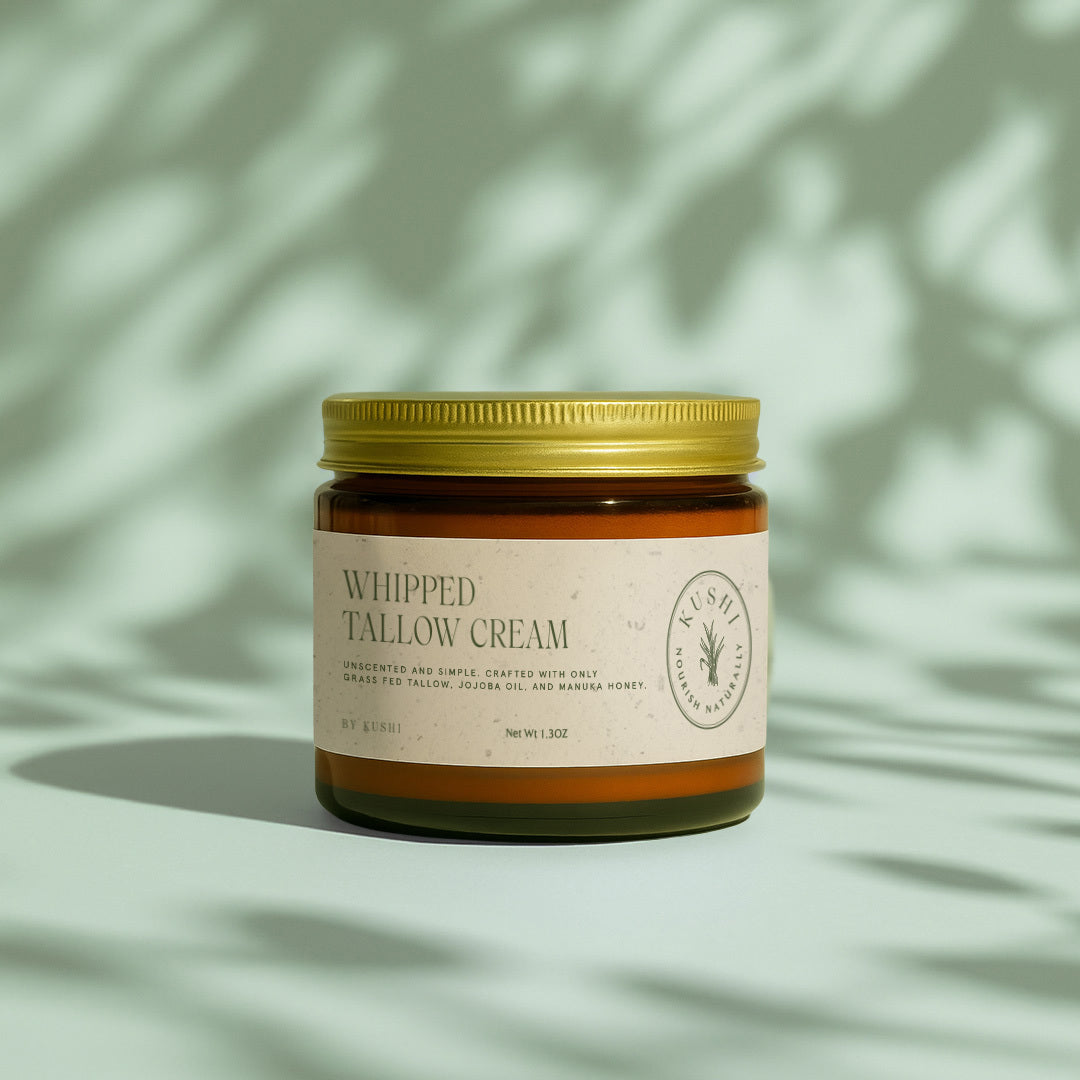
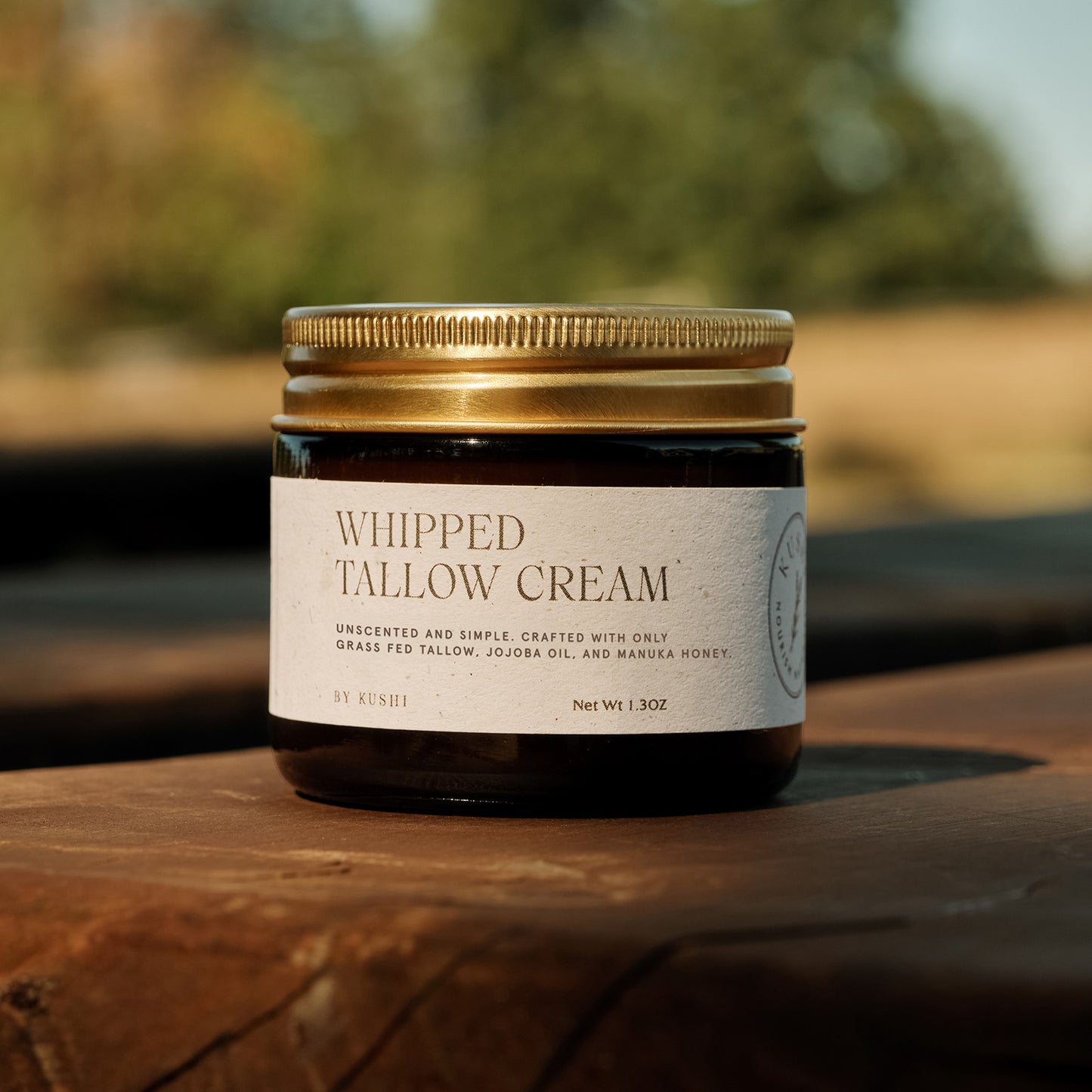
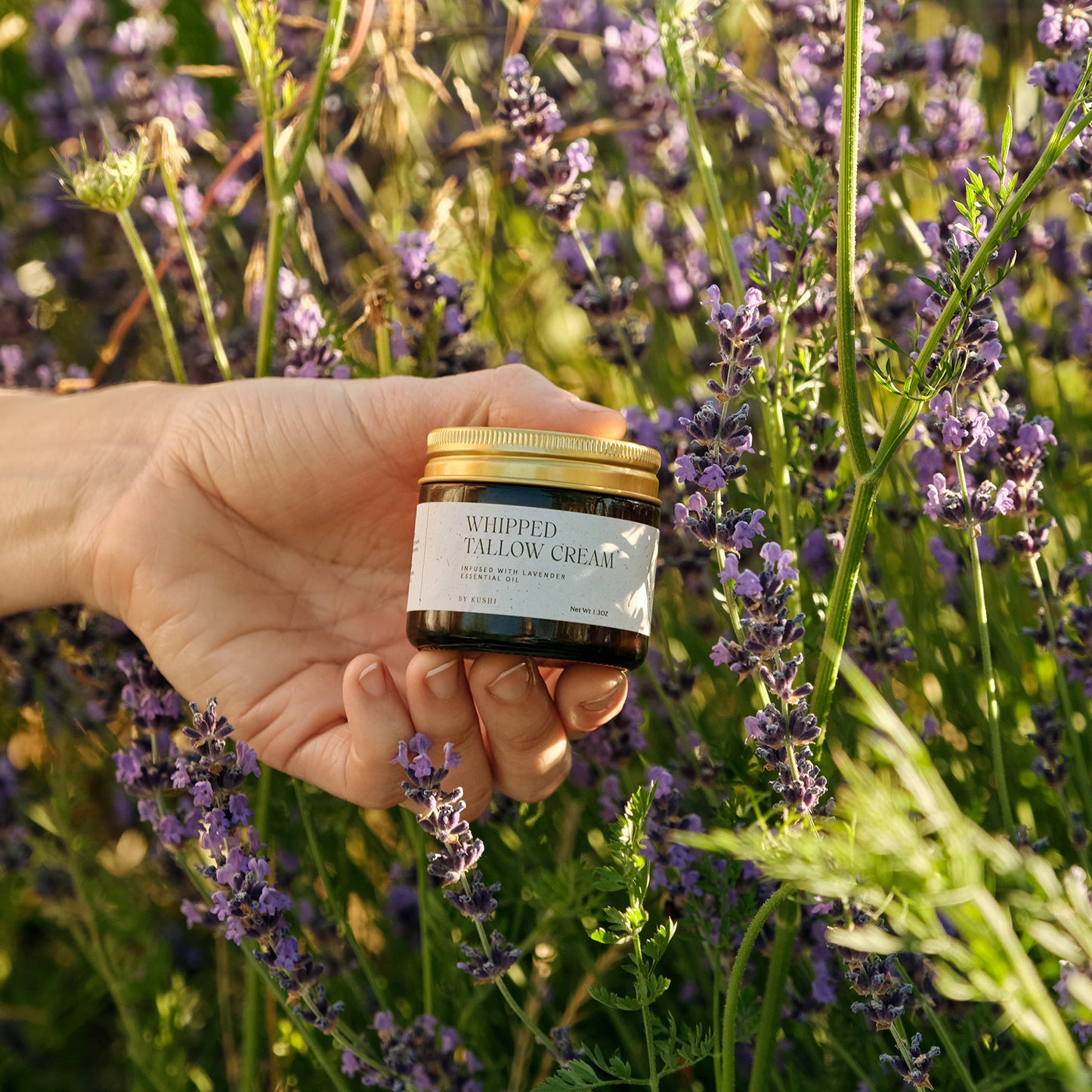
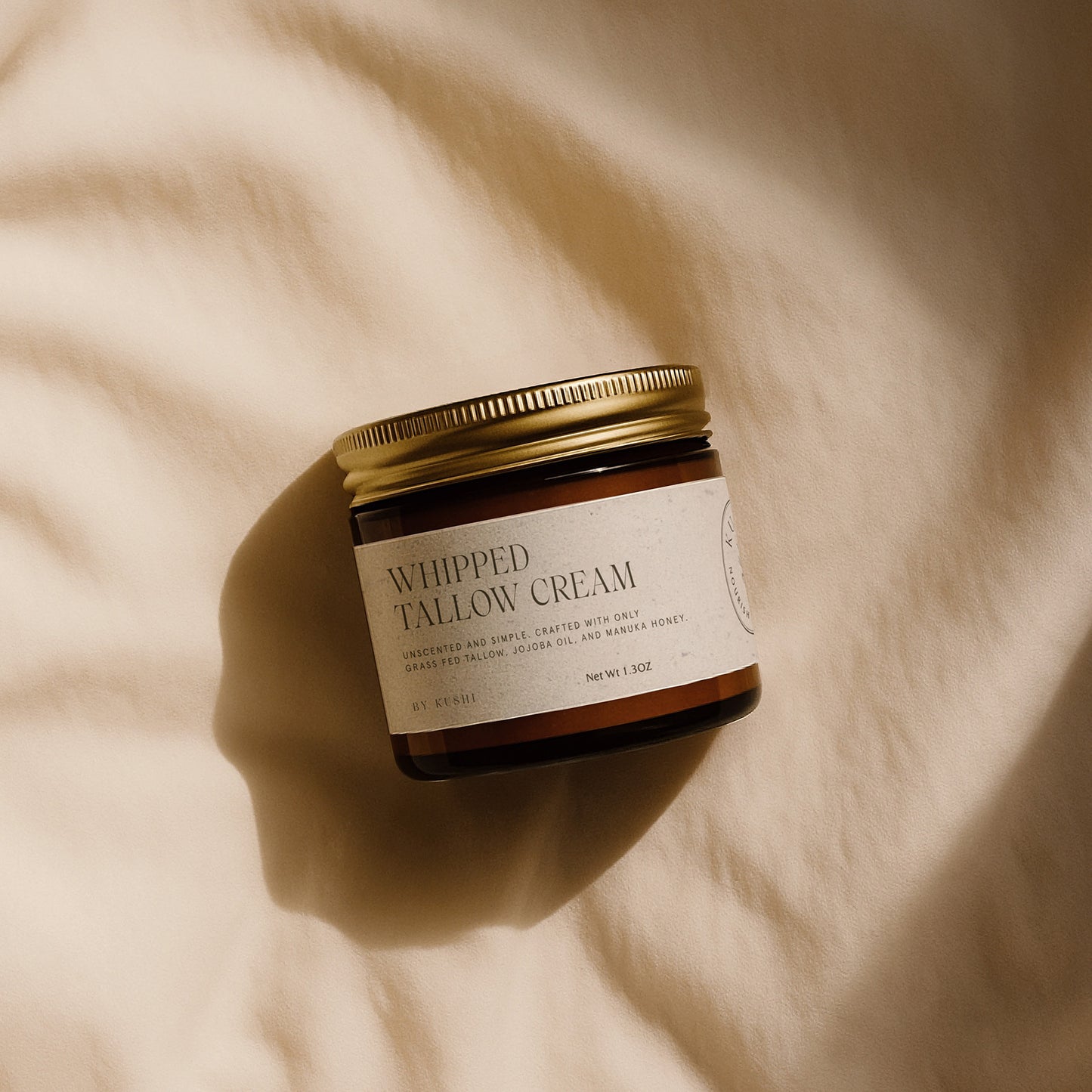
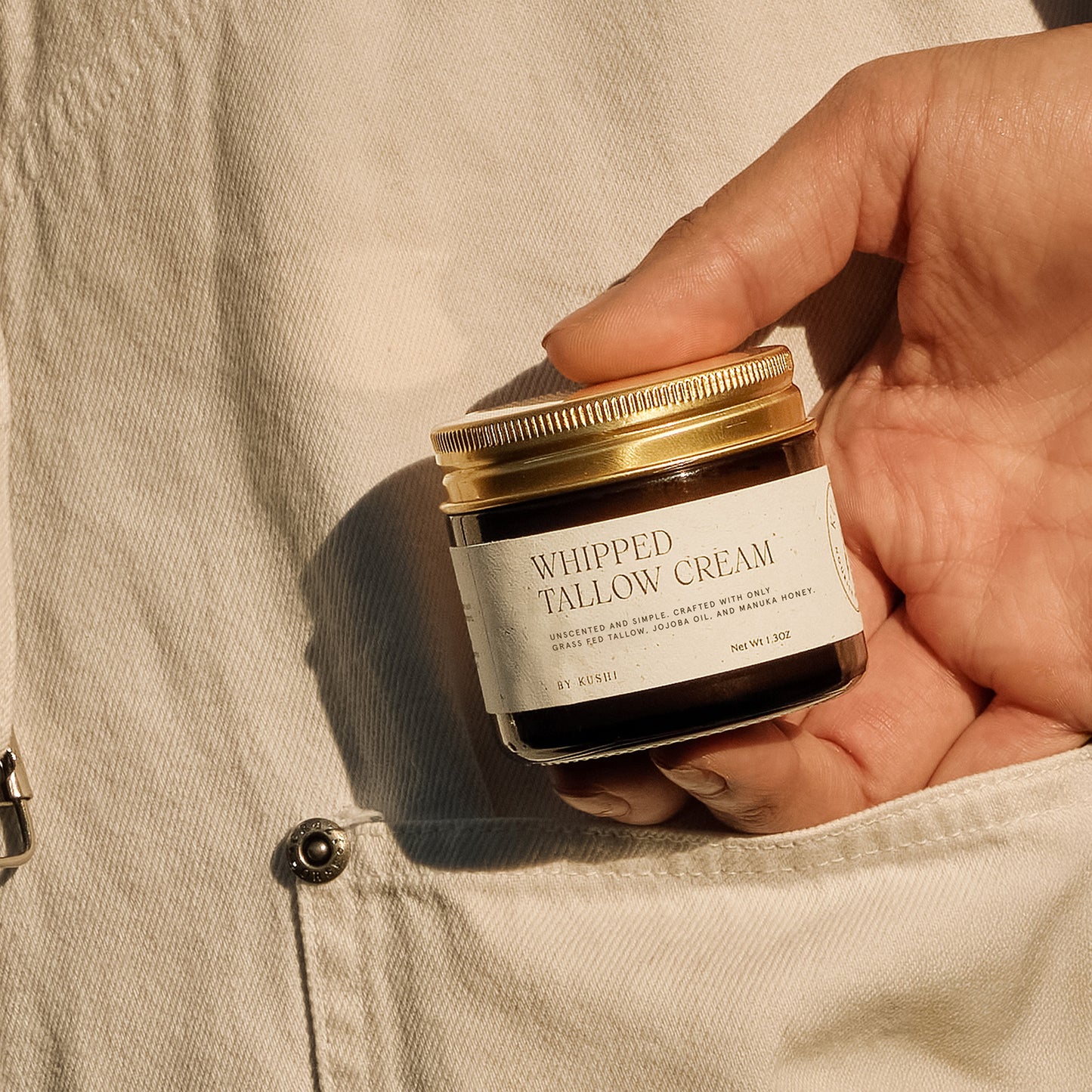
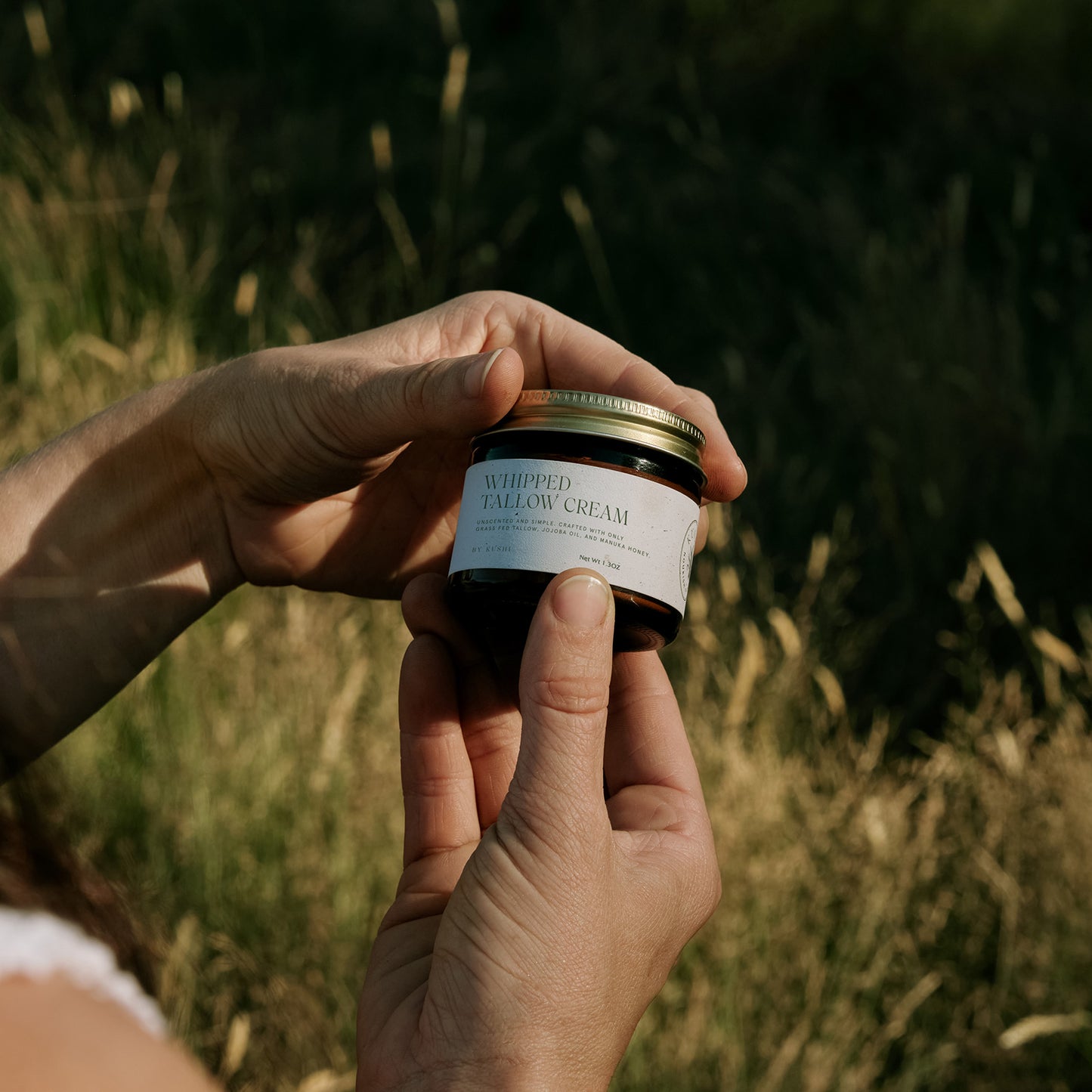
What Is A Tallow Balm For The Face?
A tallow balm is a lipid‑rich moisturizer that uses purified beef tallow as the main emollient. When the tallow is grass‑fed and finished, its fatty‑acid profile is close to human sebum. This is why it spreads thin and absorbs well. The finish feels cushioned, not waxy.
Most balms contain only a few supportive ingredients. You may see beeswax for structure, or a hint of gentle botanical oils for slip. Many versions are unscented or use a very light natural aroma. The goal is comfort and barrier support with minimal extras.
Why “Best” Starts With Sourcing
The best tallow balm for face starts with grass‑fed and finished sourcing. Pasture‑raised diets tend to yield a cleaner ingredient that softens fast and smells neutral. Low‑heat rendering helps preserve the natural nutrients that keep the texture silky.
Ask about transparency. A good maker can share farms, batch dates, and their purification steps. Look for small‑batch production and consistent texture from jar to jar. These signs help you trust what you put on your skin.
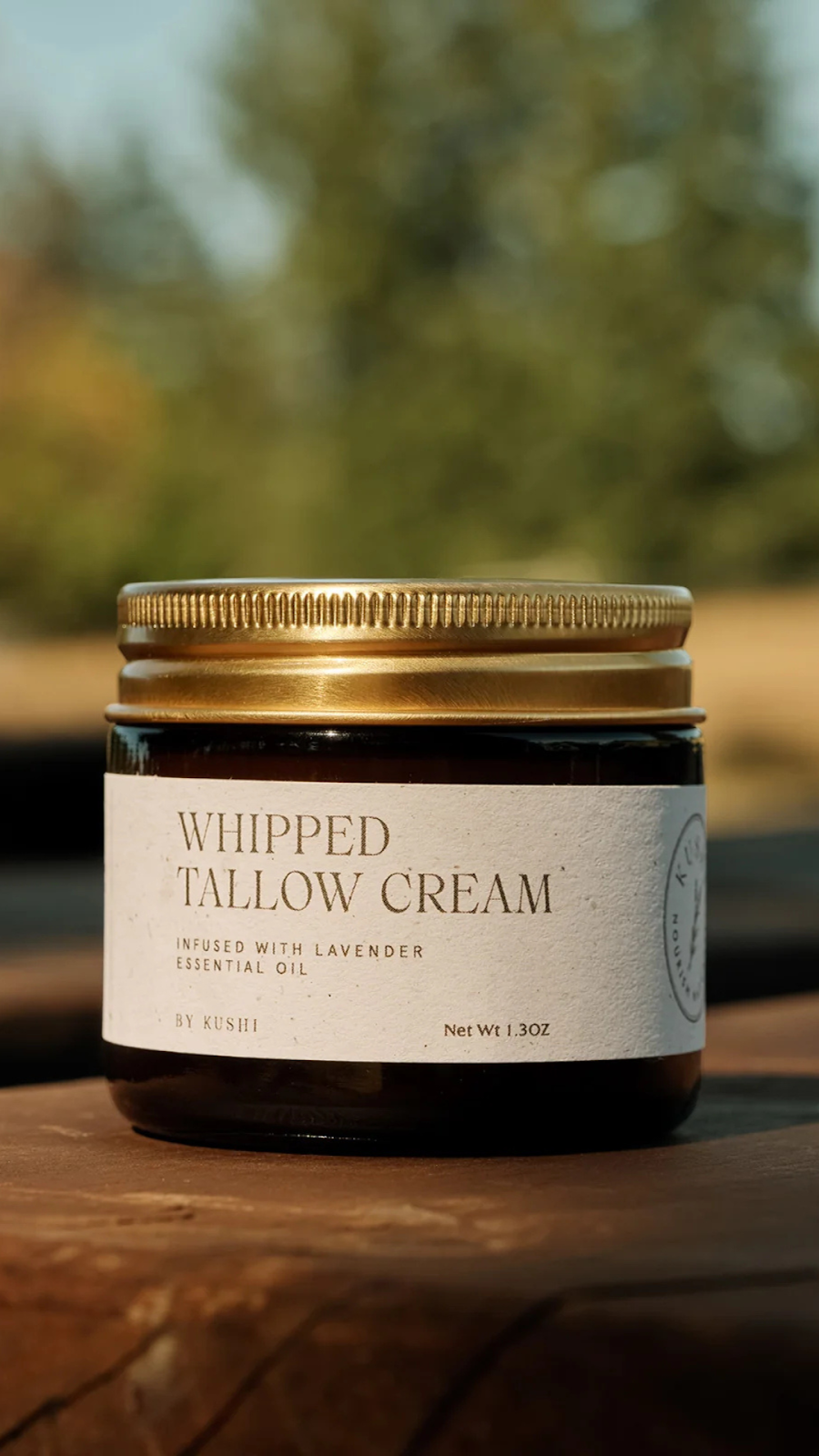
Benefits For Dry, Sensitive, And Mature Skin
Dry skin needs lipids that lock in water. A thin layer of balm helps reduce the tight, papery feel you notice after cleansing. Sensitive skin appreciates short labels with fewer triggers. The best tallow balm for face keeps the formula simple but effective.
Mature skin often feels thin and easily stressed. A balm adds cushion and a soft, rested look. With steady use, rough spots feel smoother. Makeup sits better because dry patches lie flat.
Texture, Scent, And Finish: What To Expect
Quality balm feels soft in the jar and melts at skin temperature. When you warm a pea‑size between your fingers, it turns silky and spreads thin. The finish should be cushioned and comfy, not sticky. If it looks glossy at first, give it a minute to settle.
Scent should be mild and clean. You may notice a faint, natural aroma that fades fast. Color ranges from pale ivory to soft cream. If a jar smells smoky or rancid, it is time to replace it.
How To Use A Tallow Balm On Your Face (AM)
Start with clean, slightly damp skin. Warm a pea‑size between your fingers. Press a whisper‑thin layer into cheeks, forehead, and jaw. Add a touch more only where you feel dry.
Let it settle for a minute. If you wear daytime protection, apply it after the balm. Keep the routine simple so layers sit well. The best tallow balm for face creates a smooth base that wears nicely under makeup.
How To Use A Tallow Balm On Your Face (PM)
At night, cleanse well and pat your face damp. If you use water‑based serums, apply them first and let them sink in. Press in a thin layer of balm to seal hydration. Spot‑add more to dry patches around the mouth or along the jawline.
If you use strong actives on alternate nights, you can buffer them. Apply a very thin layer of balm, then your active, then another thin layer. Watch your skin and adjust the order and amount as needed. Comfort is the goal.
Layering With Serums, Actives, And Daytime Protection
Keep steps light and ordered by texture. Water first, then balm, then daytime protection. Avoid piling on too many active ingredients in one session. Your barrier needs space to breathe.
If you are prone to congestion, use less during the day and a touch more at night. Give each step time to dry down. If you see pilling, reduce the amounts. A small tweak often fixes the finish.
How To Choose The Best Tallow Balm For Face
Look for grass‑fed and finished sourcing, clear ingredient lists, and low‑heat processing. Favor short formulas with five to seven purposeful ingredients. If your skin is reactive, pick unscented or very lightly scented options. Texture should be soft, airy, and easy to spread.
Packaging matters too. Opaque or amber glass helps protect the balm from light. A label with batch date and size helps you track freshness. Choose a jar you can finish in three to six months.
Common Mistakes And Quick Fixes
Using too much is the most common issue. If your face feels slick, cut the amount in half. Press, do not rub. Apply on damp, not wet, skin.
If your T‑zone runs oily, keep balm off the center of the face during the day. Use it at night in a thin layer instead. If you notice pilling, wait a minute between steps. Small changes keep the finish smooth.
Storage, Shelf Life, And Care
Keep your jar cool, dry, and out of sun. Close the lid tightly each time. Use clean, dry hands or a spatula to scoop. Try not to get water into the jar.
Most balms are best within three to six months after opening. Watch for changes in scent or color. Replace if it smells off or looks separated. Fresh balm feels and smells mild.
Who Should Use A Tallow Balm (And Who Shouldn’t)
A tallow balm is versatile. Dry and mature skin enjoy the cushioned feel and steady comfort. Sensitive skin often likes the short labels and gentle finish. Many people with redness find the texture calming. Oily or combination skin can still use a balm in small amounts. Keep the T‑zone light and focus on cheeks. Patch test first if you clog easily. If you have active breakouts, start at night only and go slow.
Do not apply on open cuts or raw skin. Stop and reassess if you notice stinging or new bumps. If you have known allergies to animal byproducts, speak to your provider first. The best tallow balm for face should feel simple and comfortable. It should not feel heavy or perfumed. Your skin should feel softer within days, not smothered.
How To Patch Test The Right Way
Choose a small area like the jawline or behind the ear. Clean the spot and let it dry. Apply a rice‑grain amount of balm. Leave it on. Do not layer other products over the test area. Check the skin after 24 hours. Then again at 48 and 72 hours. Look for redness, itching, or new bumps. A mild flush that fades in minutes is common when you first apply. Lasting redness is not. If the test stays calm, increase to every other night on one cheek. Then move to the full face in a few days. The best tallow balm for the face should feel soothing. The patch test helps you find your comfort zone.
Makeup Compatibility And Daytime Wear
A balm can sit under makeup if you keep it minimal. Start with clean, damp skin. Warm a pea‑size and press a thin layer into the face. Wait one full minute. Add your daytime protection. Let that settle. Apply makeup with a light hand.
Cream textures glide well. Powders sit flatter because dry patches look smoother. If you see pilling, you used too much or rushed layers. Reduce the amount and extend wait times. Blot before touch‑ups. Add a tiny tap of balm only on dry areas. The best tallow balm for your face should give you a soft base. It should help makeup last without shine.
Cleansing And Removal When You Use A Balm
Good cleansing keeps skin clear. Use a gentle cleanser at night. Massage it in for at least 30 seconds. Rinse well with lukewarm water. Pat dry. If you wear heavy makeup, try a simple oil first. Then follow with your regular cleanser. Do not scrub.
Scrubbing can upset your barrier. Keep the water warm, not hot. Hot water can leave skin tight. If you are acne‑prone, be strict with nightly cleansing. Do not skip.
Consistent removal prevents buildup. After cleansing, apply a small amount of balm again. Your face should feel comfortable, not coated. The best tallow balm for the face supports this simple rhythm.
Ingredient Label Decoder: What Belongs, What Doesn’t
Short labels are best. Look for grass‑fed and finished tallow. A touch of beeswax can help structure. Simple botanical oils can add slip. These should be gentle and clearly named. Avoid long lists with vague terms. Steer clear of heavy perfumes or strong essential oil blends if you are sensitive.
Watch for harsh solvents or bleaching agents in processing claims. Ask about low‑heat rendering and careful filtration. A maker who shares batch dates and sourcing is easier to trust. Color should be pale ivory to cream. Scent should be mild and clean. The best tallow balm for face focuses on purpose. Every ingredient should earn its place.
Read Also:
Frequently Asked Questions
What makes a tallow balm the “best” for facial skin?
The best tallow balm for face uses grass‑fed and finished tallow and a short, clean ingredient list. Low‑heat rendering and careful filtration help keep texture silky. It should melt at skin temperature and spread in a thin layer. The finish needs to feel cushioned, not greasy.
Can oily or combination skin use a tallow balm on the face?
Yes, in small amounts and with smart placement. Press a whisper‑thin layer into damp skin and keep the T‑zone extra light. Add a touch more only on dry cheeks or around the mouth. Adjust by season and how your skin feels day to day.
Will a tallow balm clog pores?
Pure, well‑purified tallow is unlikely to clog pores when used sparingly. Because it is similar to your natural sebum, it tends to sit comfortably and support balance. Patch test if you are acne‑prone. Start a few nights per week and increase as your skin allows.
How do I layer a tallow balm with serums and sunscreen?
Use water‑based serums first and let them sink in. Apply a thin layer of balm next. Finish with your chosen daytime protection. Keep amounts small so each step wears well.
How much should I use on the face?
Less than you think. Start with a pea‑size and warm it well between fingers. Press into skin and add a tiny bit more only where you feel dry. This keeps the finish smooth and wearable.
What texture should I look for in the jar?
Look for a soft, creamy texture that turns silky when warmed. It should melt quickly and spread thin without tugging. The best tallow balm for face feels airy and cushioned. It should not feel gritty or waxy.
